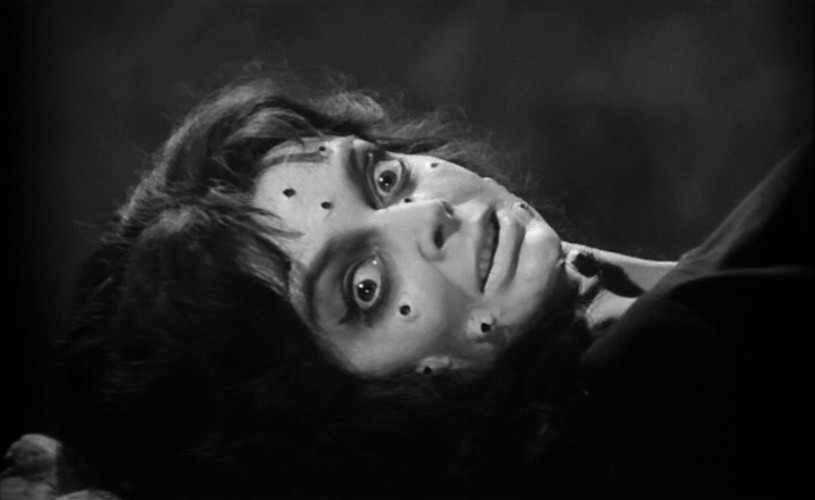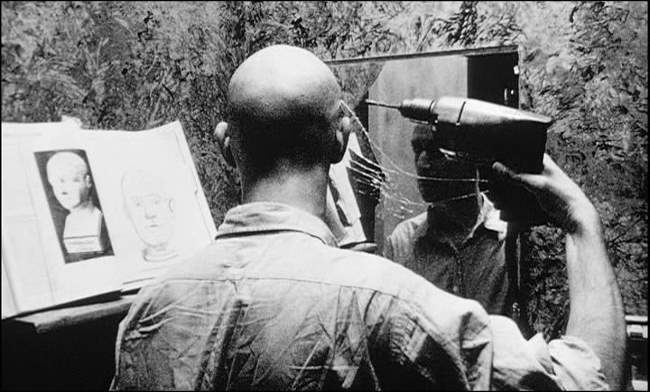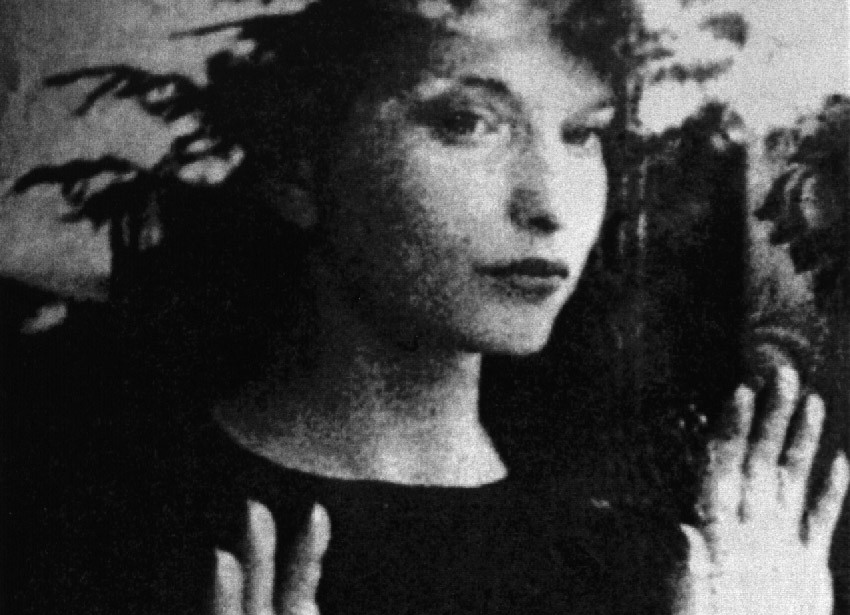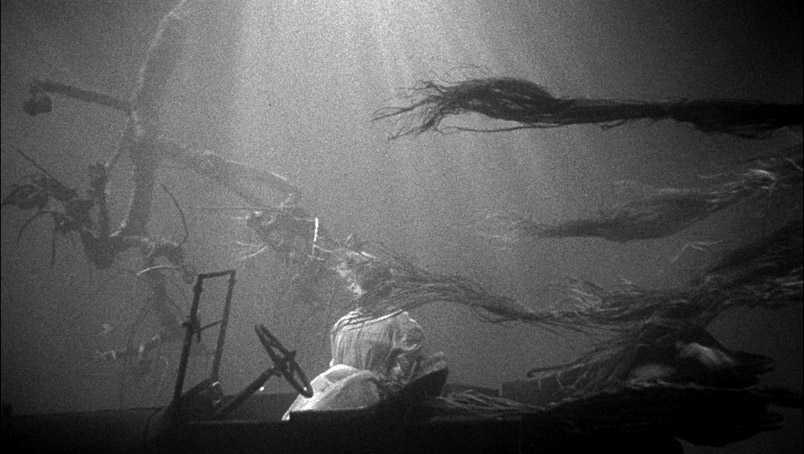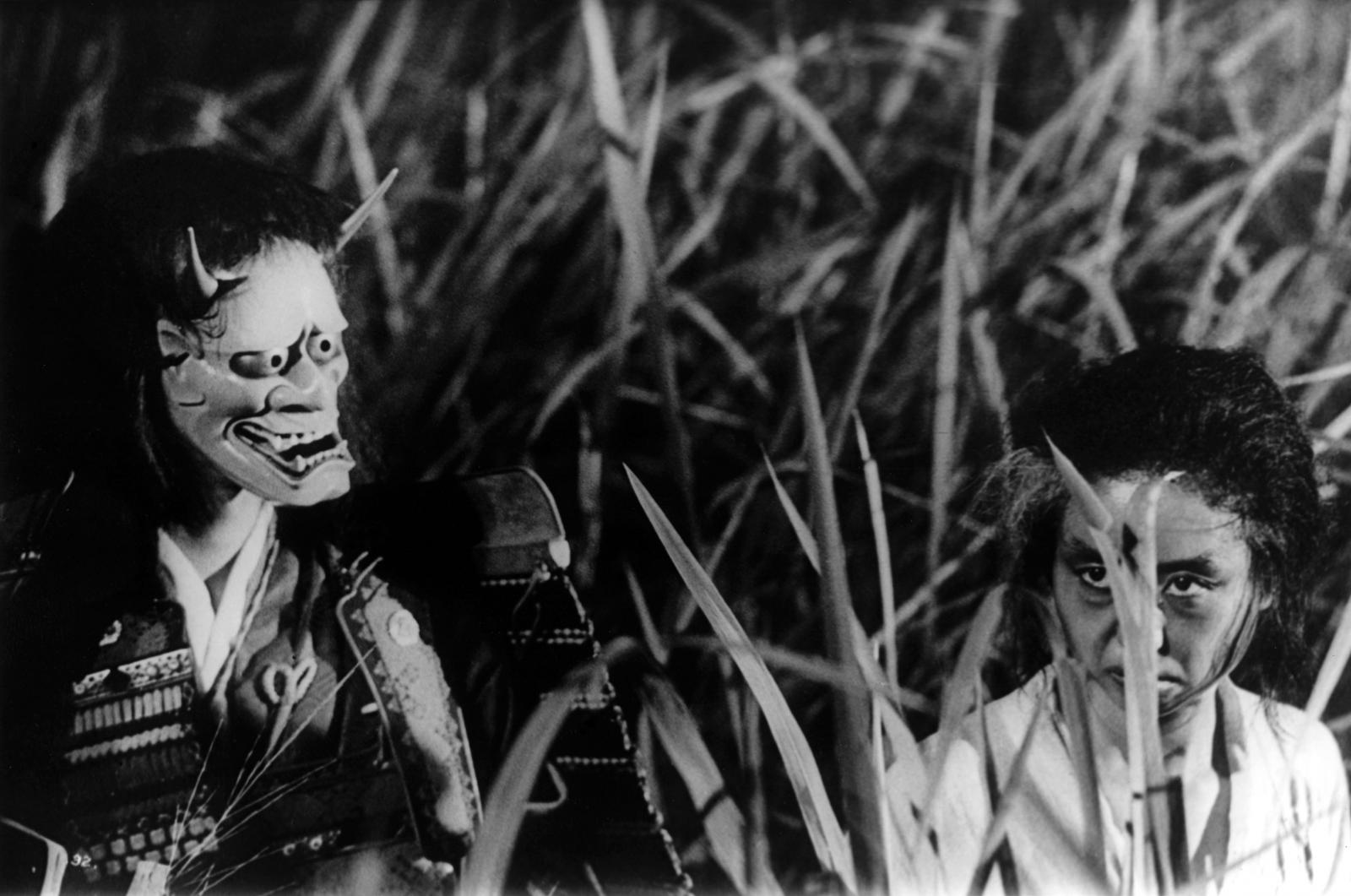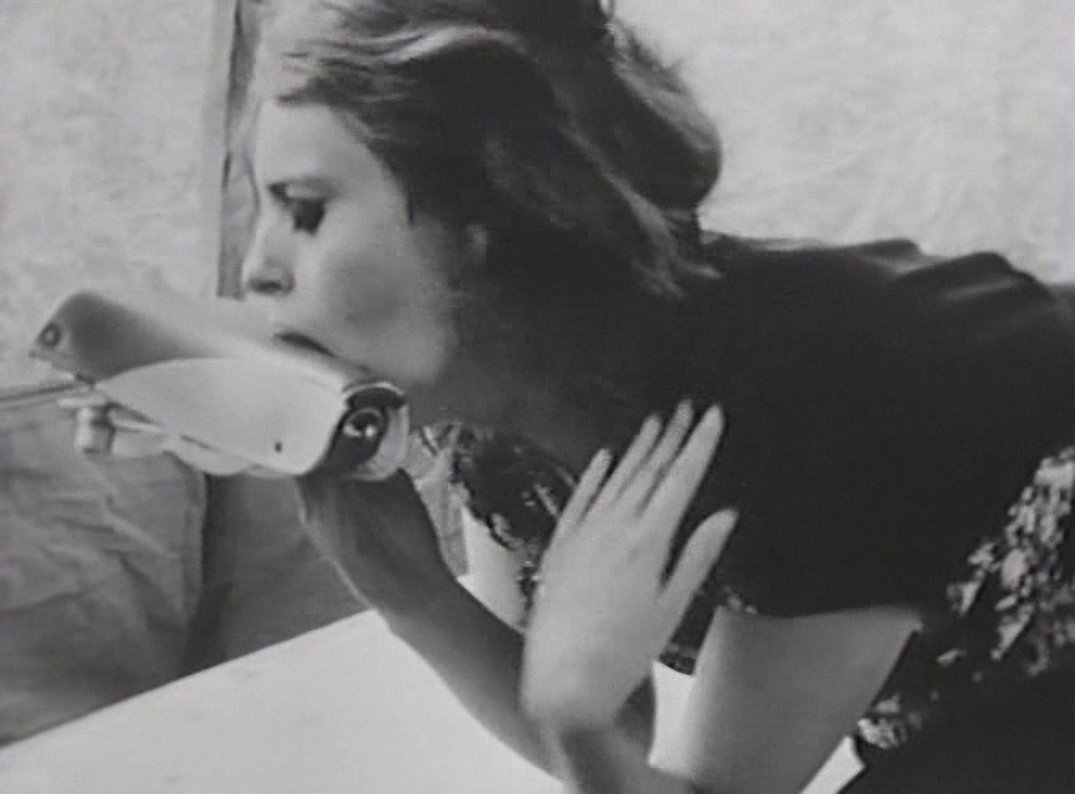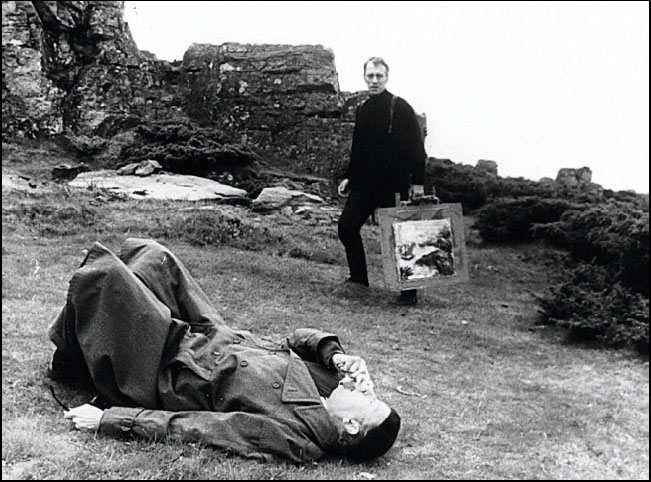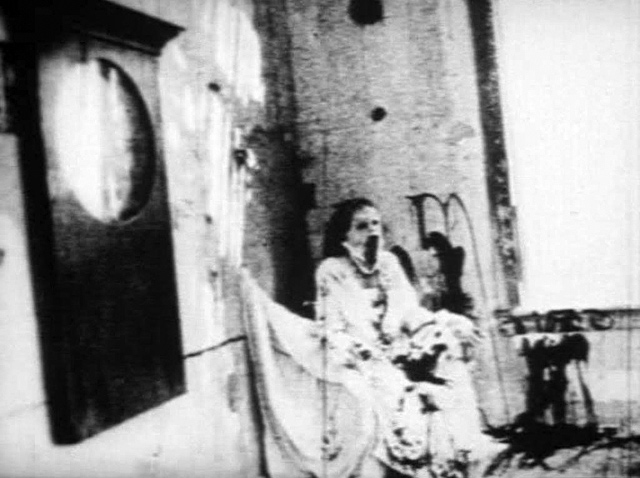Black & White was, initially, the only option filmmakers had to incorporate in their works. The first popular movies, shot using the Technicolor company method, were musicals that presented vivid colors, such as “The Wizard of Oz” (1939) and “Singin’ in the Rain” (1952). Later, color films widely popular and common – since the 1970’s, the great majority of films have been shot almost exclusively in color.
But, even though we are more than accustomed to see films shot in color, B&W hasn’t become dated or disappeared, it’s still present to this day, often related to low-budget films and used in an artistic manner, among other reasons. Besides giving us a feeling of vintage classic movies, black and white films can also induce certain moods and atmospheres, such as claustrophobic, dreamlike, mysterious, disturbing, etc.
This list describes 16 movies that, somehow, use the black and white technique to enhance the disturbing elements of the plot and its visuals.
16. Pi (Darren Aronofsky, 1998)
Aronofsky’s first cinematic creation mixed mathematics, self-destruction, mental illness and conspiracy. A number theorist’s life starts to change from the moment he discovers a number sequence inside his claustrophobic apartment, up from that point, he starts encountering people who seem to be very interested in his discovery – seeing it seems to be a discovery of unimaginable proportions.
Then, we are thrust upon a complex web of paranoia, fear and hallucinations as the protagonist tries to solve many mysteries and deal with his obsessions. The visuals of the film are impressive, having been shot on a high contrast black and white reversal film, which only enhances the disturbance of the most iconic scene of the film, where the protagonist drills his own skull.
15. Meshes of the Afternoon (Maya Deren & Alexander Hammid, 1943)
This is a short film but it is nevertheless included in this list for its incredibly innovative techniques and use of B&W. A short story written, directed and starred by Maya Deren and her husband, Alexander Hammid, in 1943, a decade considered the “Golden Age of Hollywood”, therefore, the short story is even more special, seeing it’s not so common to see a woman being a creative part of an artistic production.
The story deals with many symbols and metaphors, inspired by the surrealistic tradition of Dali and Buñuel, the meaning and interpretations are in charge of the viewer. David Lynch (see number 1 on this list) has cited Meshes of the Afternoon as a highly influential film on his works, and it is clear to see what he means as we watch a non-linear narrative that toys with our minds as to what is real and what is not.
Subverting notions of time and space are the rule for this short film, which include slow motions, creative camera work and notorious symbols, such as a Grim Reaper and a key falling, etc. In this case, the Black & White was perhaps the only choice the filmmakers had, in 1943, producing a low-budget avant garde story, but it certainly adds well to the overall mysterious atmosphere.
14. The Night of the Hunter (Charles Laughton, 1955)
This remarkable movie features an amazing performance by star Robert Mitchum and an appearance by the biggest star of silent movies, Lilian Gish. The story deals with a controversial theme, the corruption and dishonesty of the protagonist, which was formerly a reverend, now trying to steal money from a widow and her two children.
The plot is an adaptation from a novel written by Davis Grubb, with the same name, from 1953. Actually, the events that take place in the movie are inspired by real-life facts, more specifically, the 1932 hanging of Harry Powers, serial killer accused of using the “Lonely Hearts” ad to lure his victims.
Night of the Hunter was considered to be influential to many filmmakers, being cited by directors like David Lynch, Terrence Malick and Martin Scorsese, also voted by magazine Cahiers du Cinema, in 2008, to be the second best movie ever made, only losing to Orson Welle’s Citizen Kane, from 1941. A great deal of that is derived from the fact the movie is extremely well made, detaching itself from the standard Hollywood productions from the 50’s, for its obscure tone and Black and White quality.
13. Spider Baby (Jack Hill, 1968)
Spider Baby is an extremely underrated low-budget horror film that will certainly fascinate any true horror fans, for its satirical humor, remarkable plot, quirky acting and other peculiarities – alternative titles included: “The Maddest Story Ever Told” and “Cannibal Orgy”. It tells the story of the Merrye family, whose teenagers suffer from the unique “Merrye Syndrome”, which causes them to be socially, mentally and physically unable to live in society, being tutored by their chauffeur, named Bruno.
Once distant relatives arrive to claim their property, many events take place, culminating in death and chaos, but all that is presented in a manner that mingles both humor and chills, such as the scene where we learn the origin for the title of the film, when one of the siblings, Virginia shows her obsession with trapping spiders and bugs, which can sometimes be substituted by real persons.
12. Onibaba (Kaneto Shindo, 1964)
An amazing oriental production from the 1960’s, directed by Kaneto Shindo, Onibaba tells the story of the casualties of war for women who stay home, while their husbands and sons are recruited into the battlefields. These two women in question – respectively wife and mother of a soldier who was killed in combat – are left to live in an isolated village, devastated and famished by the destruction the war brought.
In that scenario, they resort to stealing the armor and swords of drifting soldiers in order to trade it for food. The movie then, deals with many subjects, from horror – the mother trying to scare her daughter-in-law and her lover with a mask – to drama, the psychological effects of war and loss. The Black & White turns the story into a unique supernatural tale, both beautiful and haunting, as only oriental cinema can do so well.
11. Multiple Maniacs (John Waters, 1970)
Before John Waters became widely known for his fascination for the grotesque and a taste for provoking the audience to vomit in the theaters, he and his friends – which later formed what we know as the “Dreamlanders Productions” – started their careers making cheap B&W movies which dealt, as usual, with controversial themes and comic scenes. Multiple Maniacs is not an exception, with its homage to infamous filmmaker Herschell Gordon Lewis and his “2000 Maniacs” (1964).
The protagonist of the film is Divine, who owns a show called “Cavalcade of Perversion”, which features many obscene and fetish acts condemned by society – such as “the puke eater” – until Divine and her lover decide to start robbing and killing the people who attend their shows.
From that point on, the movie engages in many themes that were extremely controversial at the time, and even today, involving scenes like Divine having sex inside a Church and talking to the Infant of Prague. Although Multiple Maniacs has a very low quality, and the B&W supports that, it’s still regarded as one of John Waters’ most beloved films, from his Dreamland times.
10. Hour of the Wolf (Ingmar Bergman, 1968)
Hour of the Wolf is one of Bergman’s most iconic and symbolic, filled with psychoanalytic references, as usual, but it has a supernatural tone unlike most of his drama filled movies.
It features amazing performances by his standard cast, Liv Ullmann, Max von Sydow, Ingrid Thulin, etc. and a remarkable Black & White photography by long-time collaborator, Sven Nykvist. The horror presented in the story is more of a psychological nature, not so much blood and guts but blurred lines between reality and fantasy, for the characters and for the audience.
The “hour of the wolf” mentioned in the film is a superstitious belief which says most births and deaths occur at that time, and that refers to the protagonist’s slow descent into obsession and madness, from which his wife tries to save him. We follow him through his haunting psychological journey as people he used to know are suddenly revealed to be demons.
The movie was well received by Bergman’s critics and audience, although it has a different focus from his other films and to this day it is considered to be one of his most remarkable works.
9. Begotten (E. Elias Merhige1991)
Also shot in black and white reversal film (see number 3), this highly unusual horror film by American director E. Elias Merhige features shocking footage of a cinematic reading of the Bible’s Genesis chapter – which tells the story of the world’s creation, of men and women, where God is disappointed in them for having sinned and decides to flood the world as a punishment.
The movie is extremely experimental, seeing it doesn’t present a plot or defined characters to the audience, only intriguing god-like figures which all seem to dwell in mental conflicts involving blood, guts and suffering.
Even though B&W makes it difficult to see the color of blood – one of the reasons it’s useful in low-budget horror films – it’s curious that such graphic images seem even more haunting and disturbing to the audience’s eye especially for that concealing, and filmmaker E. Elias Merhige uses this artifice very well.
